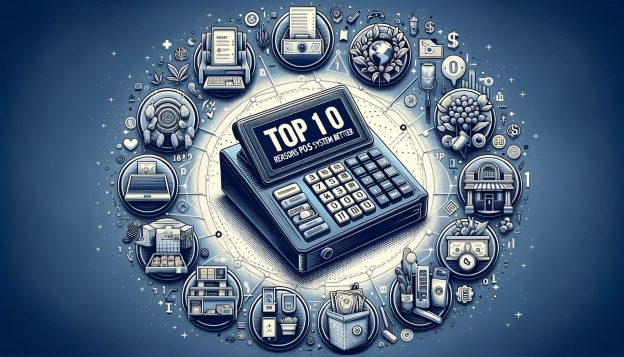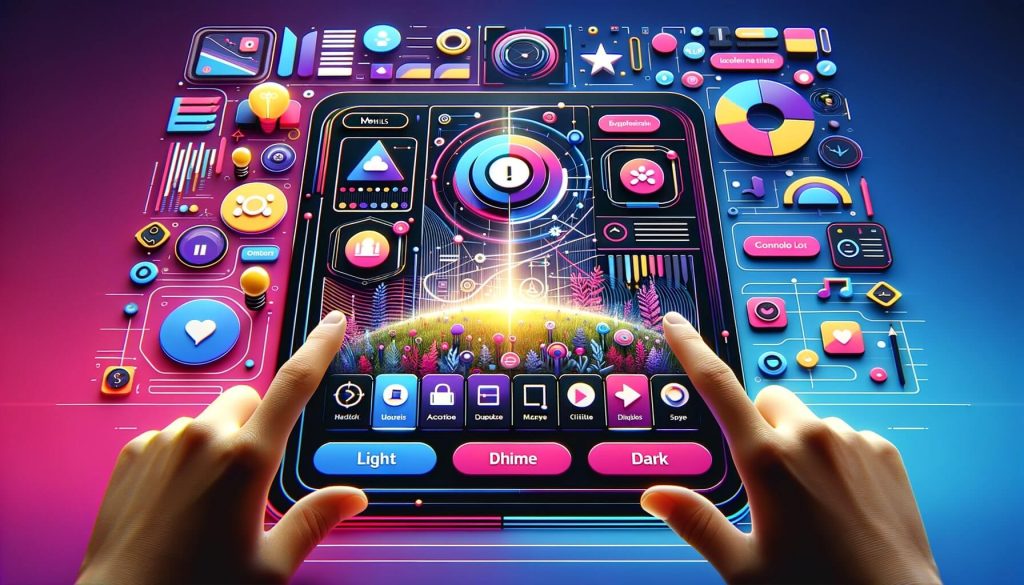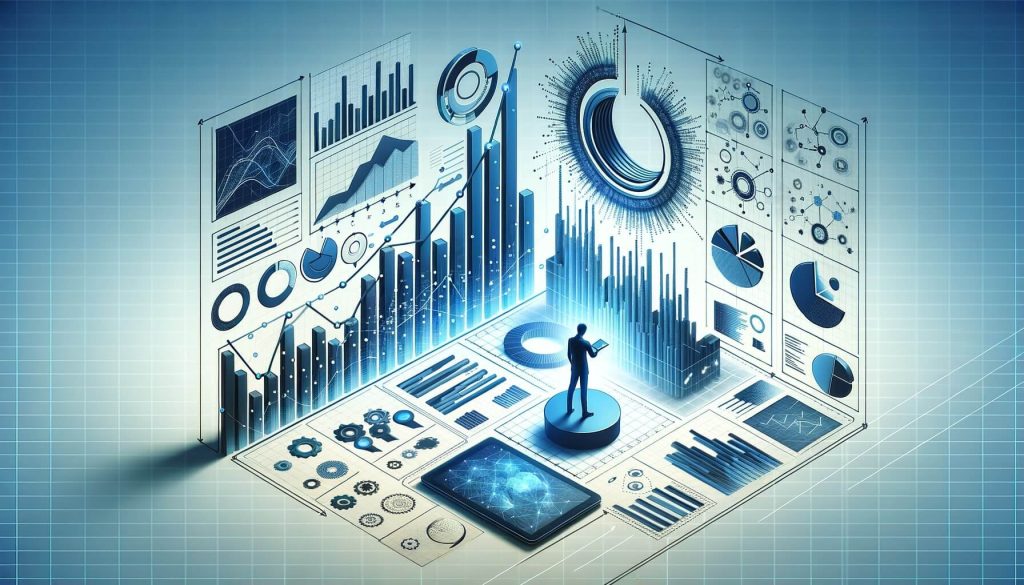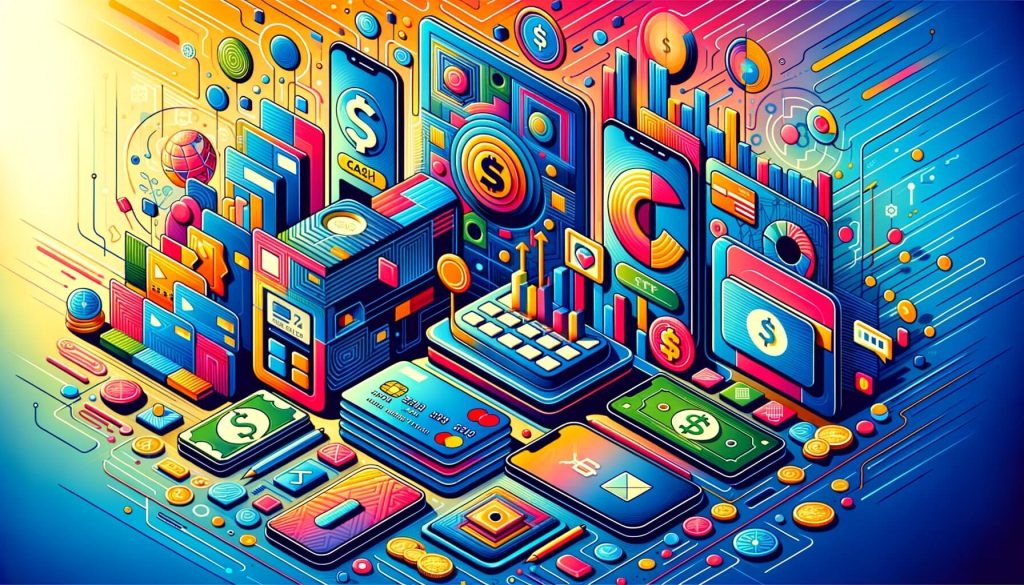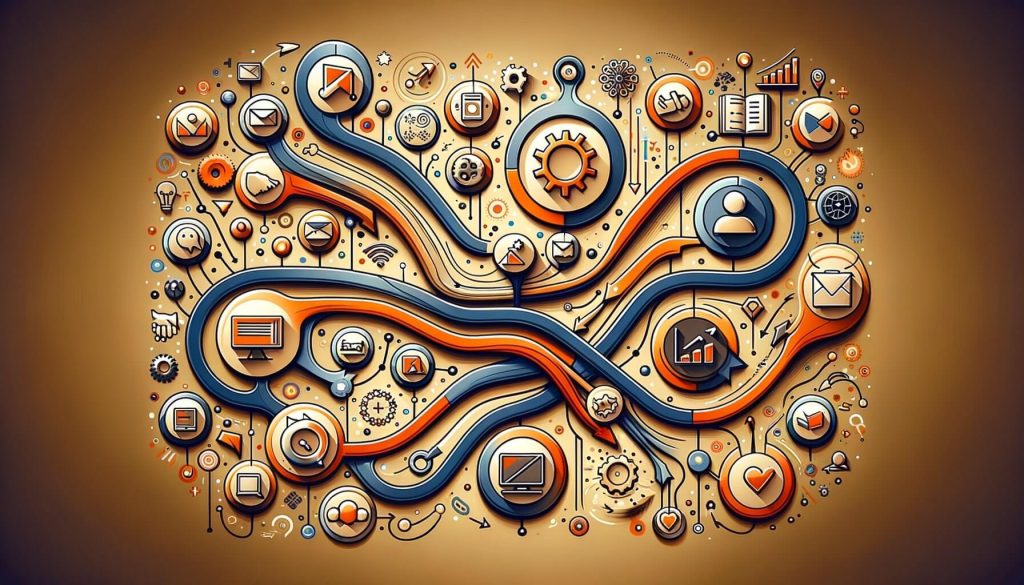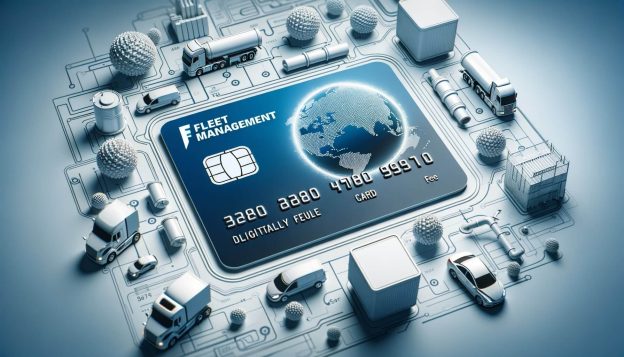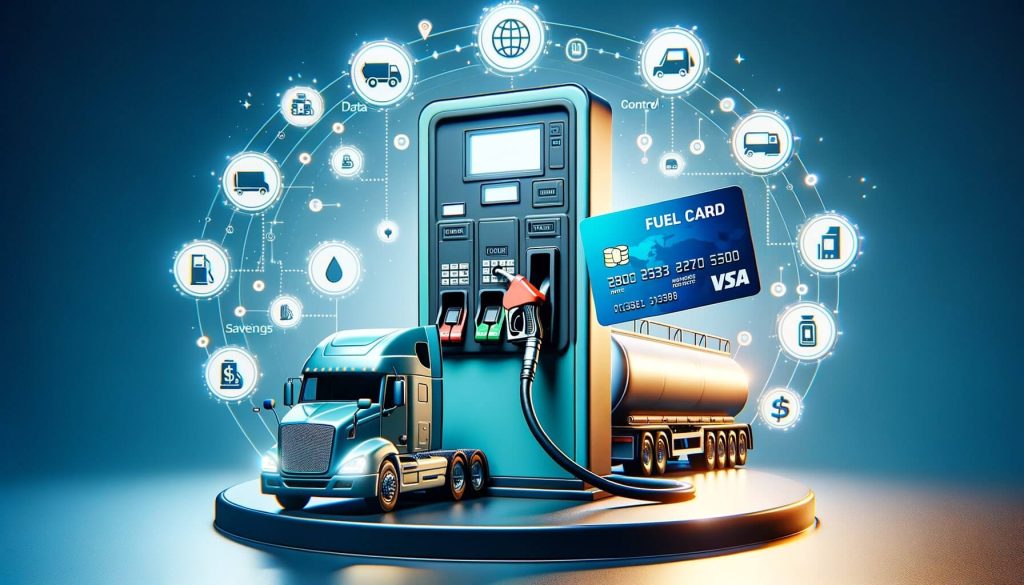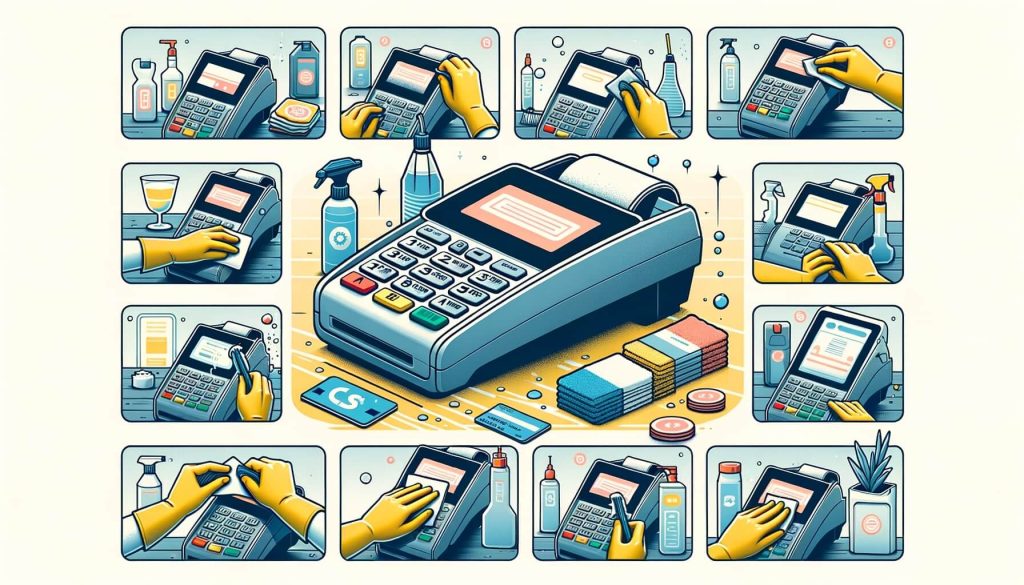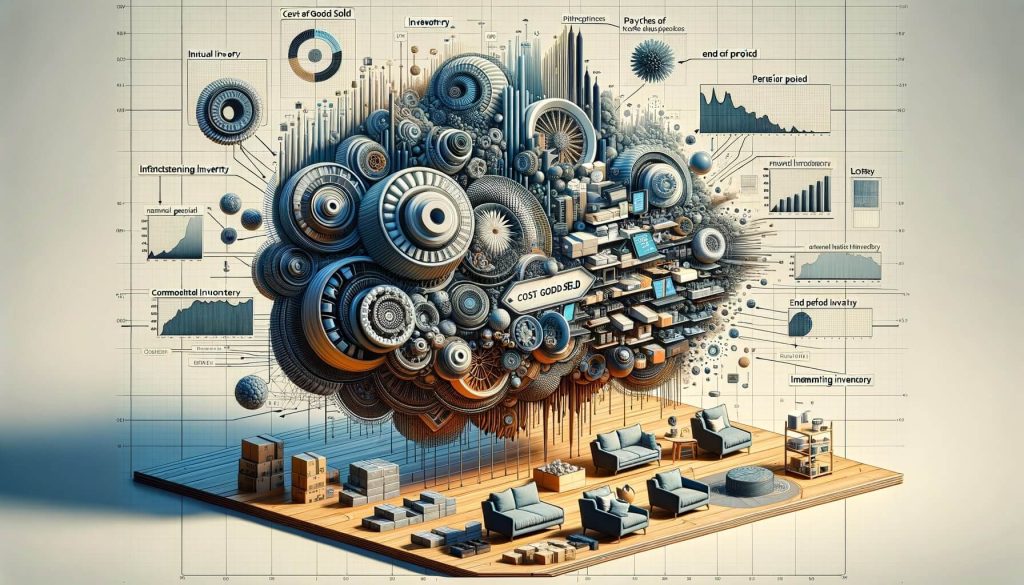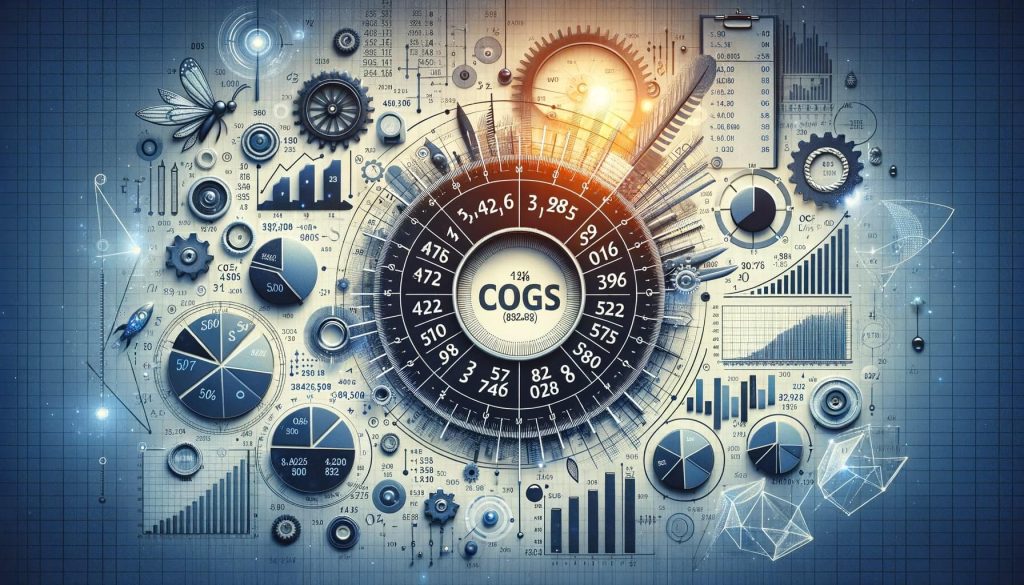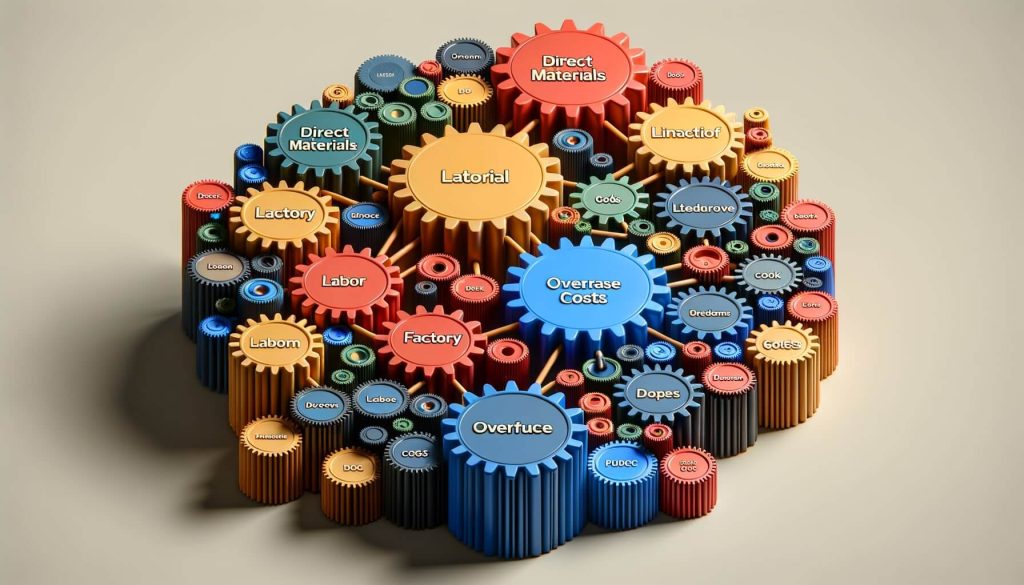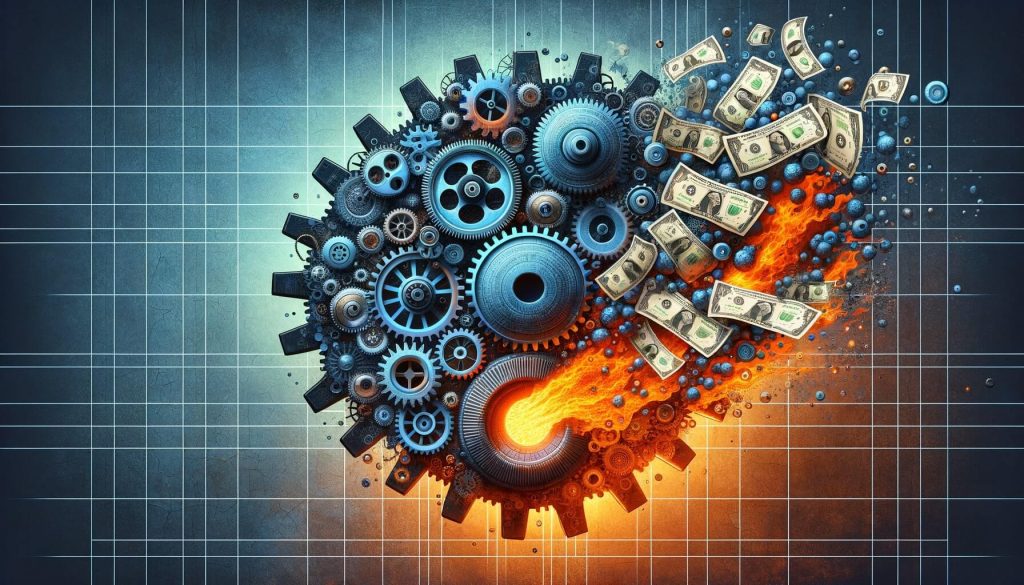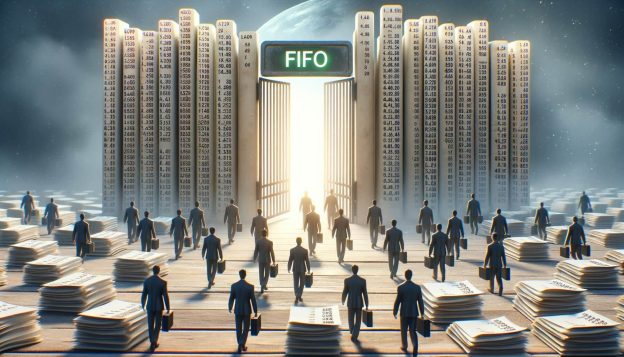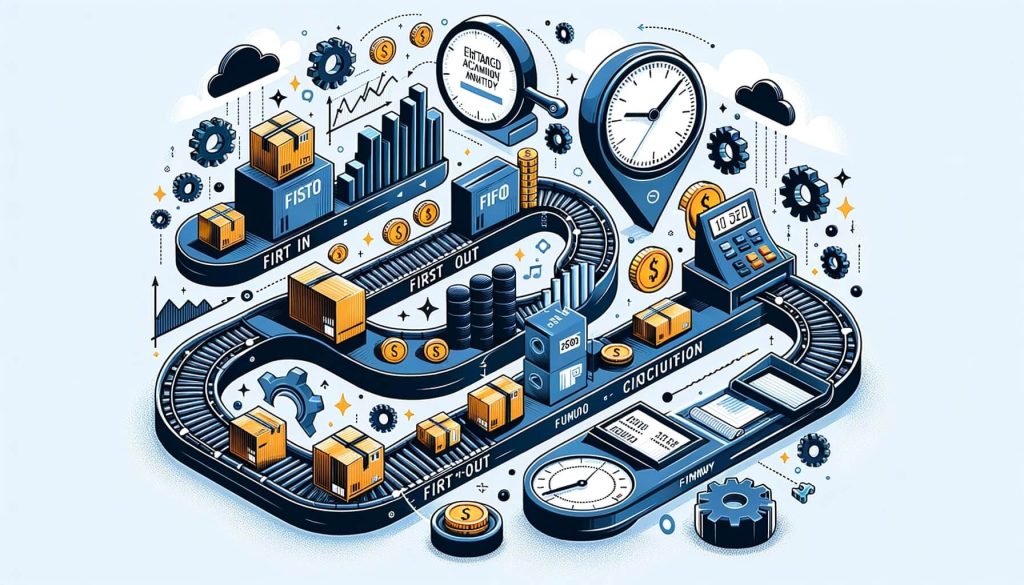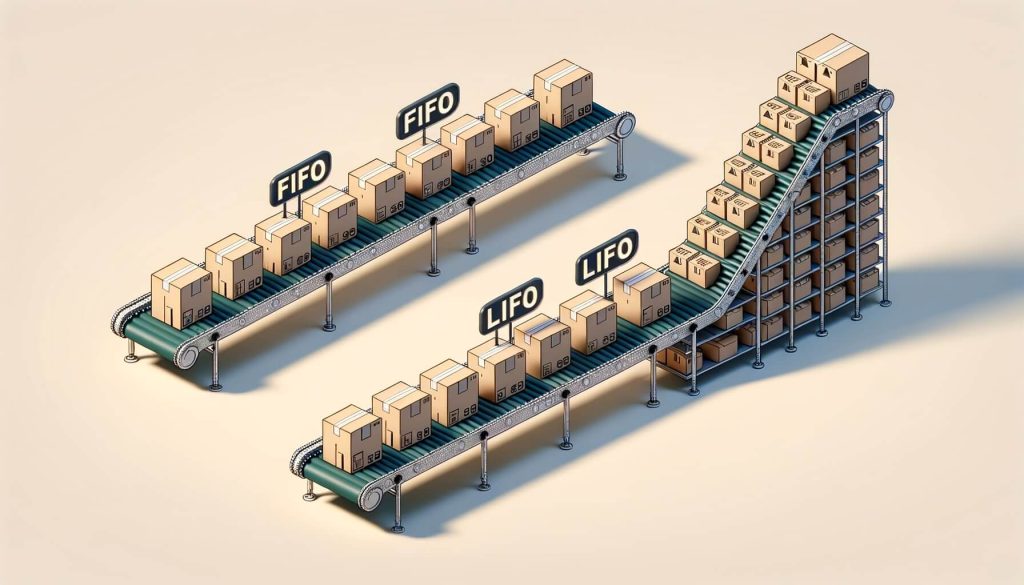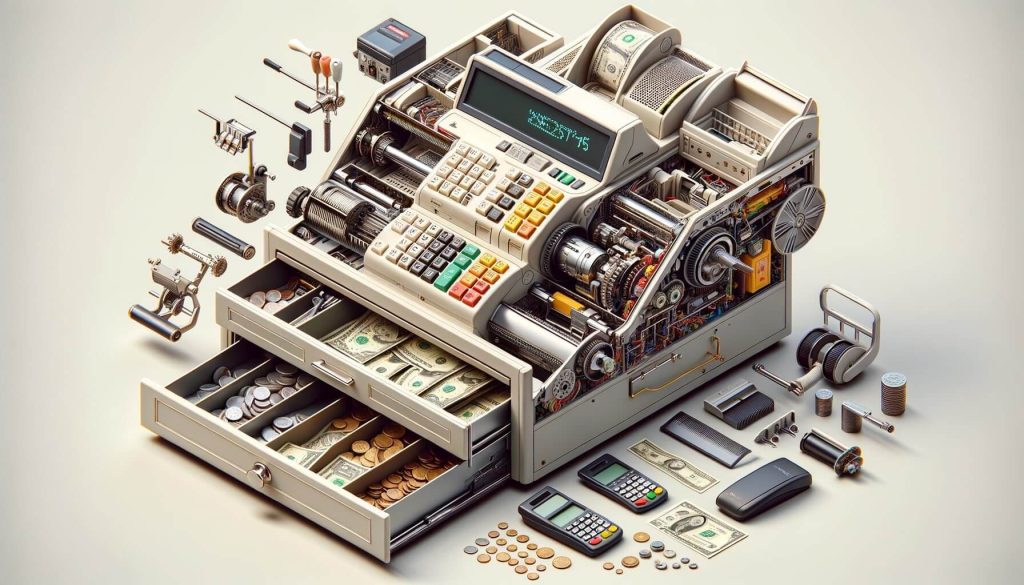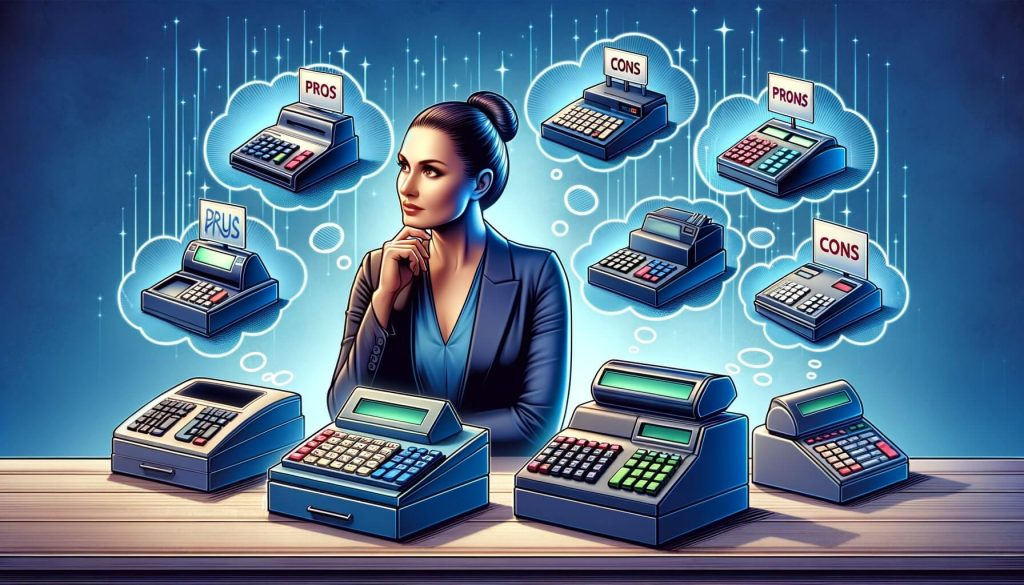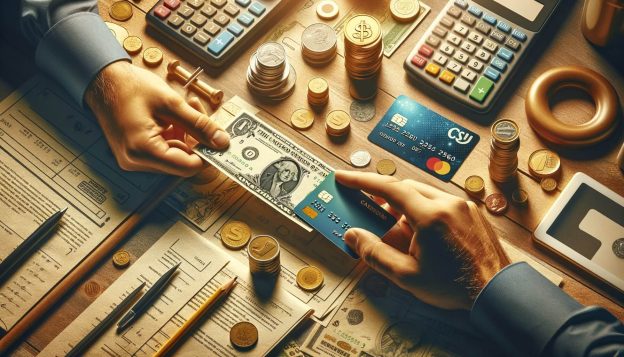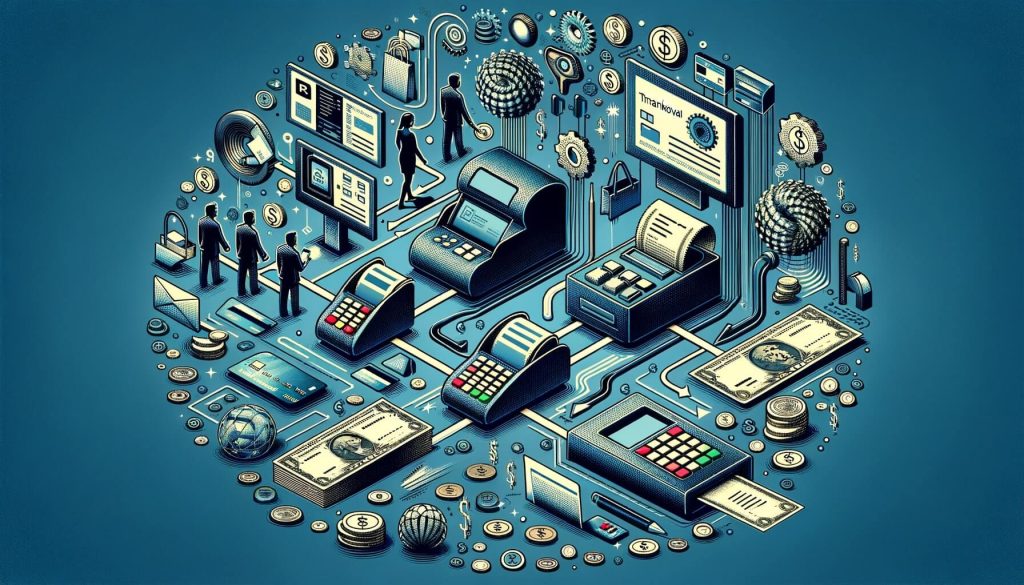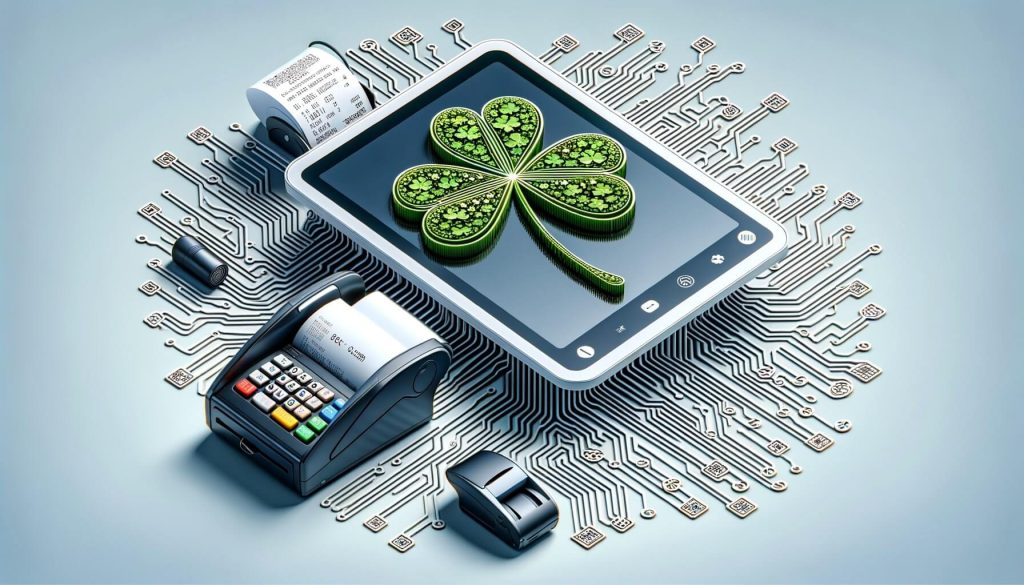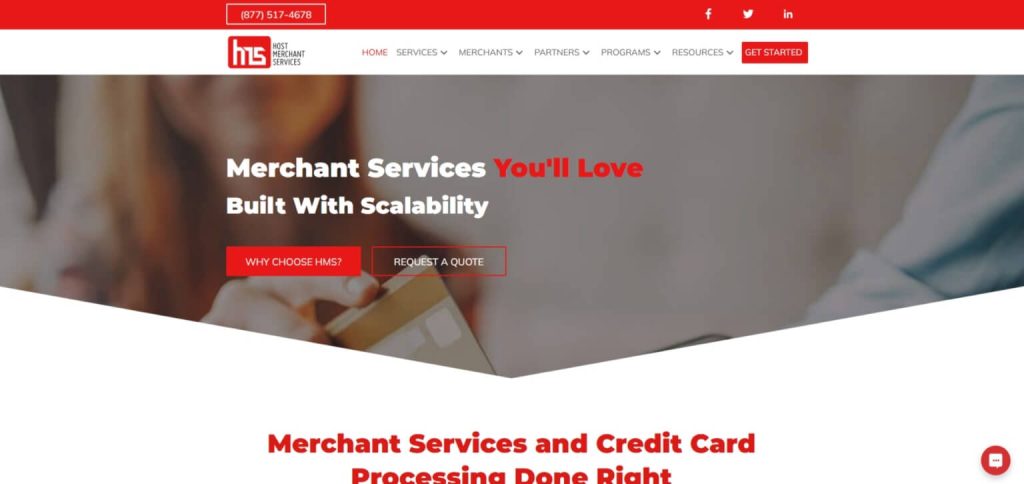In today’s fast-paced business environment, having an efficient and reliable point-of-sale (POS) system is crucial for the success of any retail or hospitality establishment. A POS system is a combination of hardware and software that allows businesses to process transactions, manage inventory, and streamline operations. It serves as the central hub for all sales-related activities, providing real-time data and insights that help businesses make informed decisions.
POS systems have become an integral part of modern business operations due to their numerous benefits. Firstly, they enable businesses to accept various payment methods, including credit cards, debit cards, mobile payments, and even cryptocurrencies. This flexibility not only enhances customer convenience but also increases sales opportunities.
Secondly, POS systems automate many manual tasks, such as calculating totals, applying discounts, and generating receipts, saving time and reducing human errors. Lastly, Point of Sale (POS) systems provide valuable data and analytics that help businesses track sales, monitor inventory levels, and identify trends, enabling them to make data-driven decisions and optimize their operations.
Traditional POS Systems: Exploring the classic hardware-based solutions

Traditional POS systems have been around for decades and are still widely used in many businesses. These systems typically consist of a cash register, barcode scanner, receipt printer, and a computer terminal with specialized software. They are often hardwired and require a dedicated space within the establishment.
One of the main advantages of traditional Point of Sale (POS) systems is their reliability. Since they are not dependent on an internet connection, they can continue to process transactions even during network outages. Additionally, traditional POS systems offer robust security features, such as encrypted data transmission and secure storage of customer information.
However, traditional POS systems also have some limitations. They can be expensive to set up and maintain, requiring significant upfront investment and ongoing hardware and software updates. Furthermore, their lack of mobility restricts businesses to a fixed checkout location, which may not be ideal for certain industries or business models.
Cloud-based POS Systems: The future of point-of-sale technology

Cloud-based POS systems, also known as Software-as-a-Service (SaaS) Point of Sale (POS) systems, have gained popularity in recent years due to their flexibility and scalability. These systems operate on cloud servers, allowing businesses to access their data and manage their operations from any internet-connected device.
One of the key advantages of cloud-based POS systems is their affordability. Instead of purchasing expensive hardware, businesses can simply subscribe to a cloud-based POS service and pay a monthly fee. This subscription model also includes regular software updates and customer support, eliminating the need for costly maintenance.
Another benefit of cloud-based POS systems is their mobility. With a tablet or smartphone and an internet connection, businesses can process transactions and manage their operations from anywhere, whether it’s a pop-up store, a food truck, or an off-site event. This flexibility enables businesses to provide a seamless customer experience and increase sales opportunities.
However, cloud-based Point of Sale (POS) systems do have some drawbacks. They rely heavily on internet connectivity, so a stable and fast internet connection is essential for uninterrupted operations. Additionally, businesses must ensure that their data is securely stored and protected from cyber threats, as cloud-based systems are more vulnerable to hacking and data breaches.
Mobile POS Systems: Revolutionizing the way businesses accept payments

Mobile POS systems, also known as mPOS systems, have revolutionized the way businesses accept payments by turning smartphones and tablets into portable payment terminals. These systems typically consist of a mobile app and a card reader that can be attached to a mobile device.
One of the main advantages of mobile Point of Sale (POS) systems is their affordability and ease of use. Businesses can simply download a mobile app, connect a card reader, and start accepting payments within minutes. This makes mobile POS systems particularly attractive for small businesses and startups with limited budgets.
Mobile POS systems also offer enhanced mobility and flexibility. With a mobile device and a card reader, businesses can accept payments on the go, whether it’s at a customer’s location, a trade show, or a sidewalk sale. This eliminates the need for a fixed checkout location and allows businesses to provide a more personalized and convenient customer experience.
However, mobile POS systems may not be suitable for all businesses. They are primarily designed for businesses with low transaction volumes, as they may not be able to handle high-volume sales during peak hours.
Additionally, mobile Point of Sale (POS) systems may have limited functionality compared to traditional or cloud-based POS systems, as they are primarily focused on payment processing and may lack advanced features such as inventory management or customer relationship management.
Tablet POS Systems: A versatile and user-friendly option for small businesses

Tablet POS systems have gained popularity in recent years, particularly among small businesses and restaurants, due to their versatility and user-friendly interface. These systems typically consist of a tablet device running specialized POS software, along with additional hardware such as a cash drawer, receipt printer, and card reader.
One of the main advantages of tablet Point of Sale (POS) systems is their affordability and ease of use. Tablets are relatively inexpensive compared to traditional POS terminals, and many POS software providers offer affordable subscription plans tailored to the needs of small businesses. Additionally, the intuitive touch-screen interface of tablets makes them easy to learn and use, reducing training time and minimizing errors.
Tablet POS systems also offer enhanced mobility and flexibility. With a tablet device, businesses can process transactions and manage their operations from anywhere within their establishment. This allows businesses to provide a more personalized and efficient customer experience, as employees can assist customers on the sales floor instead of being confined to a fixed checkout location.
However, tablet POS systems may not be suitable for all businesses. They may not have the same level of durability and reliability as traditional POS terminals, making them more prone to damage or malfunction. Additionally, businesses must ensure that their tablet devices are securely mounted and protected from theft or unauthorized access.
Self-Service POS Systems: Empowering customers and streamlining operations
Self-service POS systems, also known as kiosk POS systems, have become increasingly popular in various industries, including retail, hospitality, and healthcare. These systems allow customers to independently browse products, place orders, and make payments, reducing wait times and empowering customers to take control of their shopping experience.
One of the main advantages of self-service POS systems is their ability to streamline operations and reduce labor costs. By allowing customers to perform tasks such as scanning barcodes, selecting products, and making payments, businesses can free up their staff to focus on other important tasks, such as providing personalized assistance or managing inventory.
Self-service POS systems also offer enhanced convenience and efficiency for customers. They can browse products at their own pace, access detailed product information, and make payments without having to wait in line. This not only improves the overall customer experience but also increases sales opportunities, as customers are more likely to make impulse purchases when they have control over the buying process.
However, self-service POS systems may not be suitable for all businesses or industries. They require careful planning and design to ensure a seamless and intuitive user experience. Additionally, businesses must consider the potential impact on customer service and ensure that there are still staff members available to assist customers who prefer a more traditional shopping experience.
Integrated POS Systems: Enhancing efficiency through seamless integration
Integrated POS systems, also known as all-in-one POS systems, offer a comprehensive solution that combines various business functions into a single platform. These systems typically include features such as point-of-sale, inventory management, customer relationship management, and reporting and analytics.
One of the main advantages of integrated POS systems is their ability to streamline operations and improve efficiency. By integrating different business functions into a single platform, businesses can eliminate the need for multiple software applications and manual data entry, reducing errors and saving time. Additionally, integrated POS systems provide real-time data and insights that help businesses make informed decisions and optimize their operations.
Integrated POS systems also offer enhanced customer experience and loyalty. With a centralized customer database, businesses can track customer preferences, purchase history, and loyalty program information, allowing them to provide personalized offers and recommendations. This not only improves customer satisfaction but also increases customer retention and repeat business.
However, integrated POS systems may not be suitable for all businesses or industries. They can be more complex and expensive to set up and maintain compared to standalone POS systems. Additionally, businesses must ensure that their integrated POS system is compatible with their existing hardware and software infrastructure, or be prepared to invest in new equipment and training.
Industry-Specific POS Systems: Tailored solutions for different business sectors
Different industries have unique requirements and challenges when it comes to point-of-sale operations. As a result, many POS system providers offer industry-specific solutions that are tailored to the needs of specific business sectors, such as retail, hospitality, healthcare, and food service.
Retail POS systems, for example, often include features such as inventory management, barcode scanning, and customer relationship management. These systems help retailers track inventory levels, manage promotions and discounts, and provide personalized customer service.
Hospitality POS systems, on the other hand, are designed to handle the specific needs of restaurants, bars, and hotels. They typically include features such as table management, menu customization, and kitchen display systems. These systems help hospitality businesses streamline their operations, improve order accuracy, and enhance the overall dining experience.
Healthcare POS systems are specifically designed for pharmacies, clinics, and healthcare providers. They often include features such as prescription management, insurance billing, and patient records management. These systems help healthcare businesses improve efficiency, reduce errors, and comply with industry regulations.
Food service POS systems are tailored to the needs of quick-service restaurants, food trucks, and cafes. They typically include features such as order customization, kitchen display systems, and integration with online ordering platforms. These systems help food service businesses streamline their operations, reduce wait times, and increase customer satisfaction.
Choosing the Right POS System: Factors to consider and key features to look for
Choosing the right POS system for your business can be a daunting task, given the wide range of options available in the market. However, by considering a few key factors and evaluating the following key features, you can make an informed decision that aligns with your business needs and goals.
1. Scalability: Consider the future growth and expansion plans of your business. Choose a POS system that can easily accommodate additional locations, users, and features as your business grows.
2. Integration: Evaluate the compatibility of the POS system with your existing hardware and software infrastructure. Look for systems that offer seamless integration with other business tools, such as accounting software, e-commerce platforms, and loyalty programs.
3. Ease of use: Consider the user-friendliness of the POS system, both for your staff and your customers. Look for systems with intuitive interfaces, customizable workflows, and comprehensive training and support resources.
4. Security: Ensure that the POS system offers robust security features to protect sensitive customer data and prevent unauthorized access. Look for systems that comply with industry standards and regulations, such as Payment Card Industry Data Security Standard (PCI DSS) compliance.
5. Reporting and analytics: Evaluate the reporting and analytics capabilities of the POS system. Look for systems that provide real-time data and insights, customizable reports, and integration with business intelligence tools.
6. Customer support: Consider the level of customer support offered by the POS system provider. Look for providers that offer 24/7 technical support, regular software updates, and comprehensive training resources.
Implementing and Optimizing Your POS System: Best practices and tips for success
Implementing and optimizing your POS system is a critical step towards maximizing its benefits and ensuring a smooth transition for your business. Here are some best practices and tips to help you succeed:
1. Plan ahead: Before implementing a new POS system, carefully plan and document your business processes, workflows, and requirements. This will help you choose the right system and ensure a successful implementation.
2. Train your staff: Provide comprehensive training to your staff on how to use the new POS system. This will help them become familiar with the system’s features and functionalities, reducing errors and improving efficiency.
3. Test and troubleshoot: Conduct thorough testing of the POS system before going live. Identify and resolve any issues or bugs to ensure a smooth transition and minimize disruptions to your business operations.
4. Customize and optimize: Take advantage of the customization options offered by the POS system to tailor it to your specific business needs. Optimize workflows, menus, and settings to improve efficiency and enhance the customer experience.
5. Monitor and analyze: Regularly monitor and analyze the performance of your POS system. Use the reporting and analytics features to track sales, inventory levels, and customer behavior. Identify trends and opportunities for improvement.
6. Stay updated: Keep your POS system up to date with the latest software updates and security patches. Regularly review and update your POS system’s settings and configurations to ensure optimal performance and security.
FAQs
Q1. What is a POS system?
A POS system is a combination of hardware and software that allows businesses to process transactions, manage inventory, and streamline operations. It serves as the central hub for all sales-related activities, providing businesses with real-time data and insights to make informed decisions.
Q2. What are the benefits of using a POS system?
POS systems offer numerous benefits for businesses, including the ability to accept various payment methods, automate the sales process, and provide valuable data on sales trends, customer preferences, and inventory levels. They enhance efficiency, improve customer satisfaction, and help businesses make data-backed decisions.
Q3. What is the difference between traditional and cloud-based POS systems?
Traditional POS systems are hardware-based solutions that require businesses to invest in physical components such as cash registers, barcode scanners, and receipt printers. Cloud-based POS systems, on the other hand, operate on cloud servers and utilize tablets or smartphones as the primary interface. They offer lower upfront costs, scalability, and real-time data access.
Q4. What are the advantages of mobile POS systems?
Mobile POS systems enable businesses to accept payments on the go, using smartphones or tablets as the primary point of sale. They offer portability, affordability, and integration capabilities with other business tools. Mobile POS systems are particularly suitable for small businesses or those that require mobility and flexibility.
Q5. How can self-service POS systems benefit businesses?
Self-service POS systems empower customers to complete transactions on their own, reducing wait times and improving customer satisfaction. They can also help businesses streamline their operations, reduce labor costs, and increase upselling opportunities.
Q6. What are integrated POS systems?
Integrated POS systems combine various functionalities, such as POS software, inventory management, customer relationship management, and accounting software, into a single platform. They streamline operations, improve efficiency, and provide businesses with a holistic view of their operations.
Q7. Are there industry-specific POS systems available?
Yes, there are industry-specific POS systems available for different business sectors, such as restaurants, hotels, retail stores, and healthcare facilities. These systems are tailored to address the specific needs and workflows of each industry.
Conclusion
In conclusion, POS systems play a crucial role in modern business operations, enabling businesses to process transactions, manage inventory, and streamline operations. Traditional POS systems offer reliability and security but can be expensive and lack mobility. Cloud-based POS systems provide affordability and flexibility but rely heavily on internet connectivity.
Mobile POS systems offer affordability and mobility but may have limited functionality. Tablet POS systems offer versatility and user-friendliness but may lack durability. Self-service POS systems empower customers and streamline operations but require careful planning. Integrated POS systems enhance efficiency through seamless integration but can be complex and expensive.
Industry-specific POS systems provide tailored solutions for different business sectors. When choosing a POS system, consider factors such as scalability, integration, ease of use, security, reporting and analytics, and customer support. Implementing and optimizing your POS system requires careful planning, training, testing, customization, monitoring, and staying updated.
By following these best practices and tips, businesses can maximize the benefits of their POS system and achieve success in today’s competitive business landscape.


